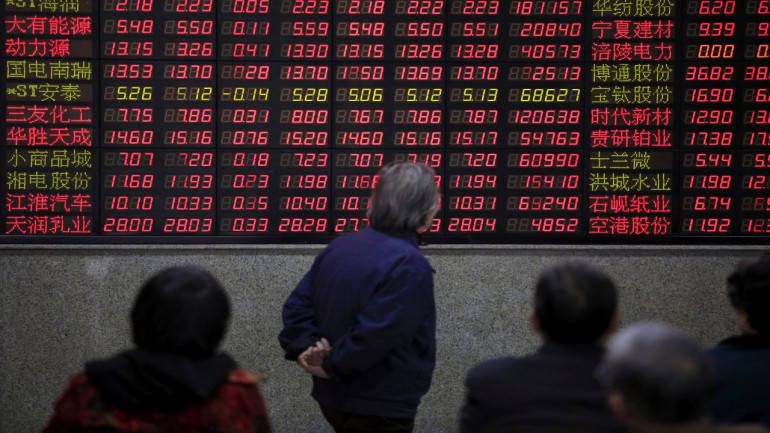
During the early trading Asian hours, market sentiment was on the defensive after the world’s largest economy, the United States, reported their worst quarterly gross domestic product (GDP) contraction ever. The U.S. economy has not seen this type of contraction since the Great Depression.
In Japan, the Asian benchmark, the Nikkei 225 was down 1.32 percent and shares on the Topix index, in Tokyo, fell over 1.3 percent. In South Korea the Kospi composite index fell 0.2 percent.
Elsewhere in the Asian and Pacific Rim the Australian S&P ASX fell over 1.4 percent by late morning and the Hang Seng index, in Hong Kong bucked the trend adding 0.73 percent.
On the mainland, in China, the Shanghai composite added one percent and the Shenzhen component added 1.45 percent.
In economic data, the National Bureau of Statistics released China’s official manufacturing purchasing managers’ index (PMI) for July was better than expected. The manufacturing PMI came in at 51.1 which was better than the expected 50.7.
Asian Traders Digest the Shocking US Economic Contraction
The second quarter gross domestic product (GDP) out of the world’s largest economy was worse than feared. The American economy contracted at its fastest pace on record and at a level not seen since the Great Depression of 1929.
The American second quarter gross domestic product contracted by 32.9 percent. This broke the previous record set back in the middle of 1921. Analysts had expected the U.S. economy to contract by 34.7 percent.
With that said, weekly first time unemployment claims picked up steam coming in at 1.434 million. This was about in line with what the markets had expected.
After the weak U.S. economic data, the U.S. dollar index, which measures the greenback in a basket against six other currencies, was trading at 92.758. Earlier in the week the dollar index was trading at 93.80.
 Forex Marketz Daily Forex News – Fully Markets Update
Forex Marketz Daily Forex News – Fully Markets Update



